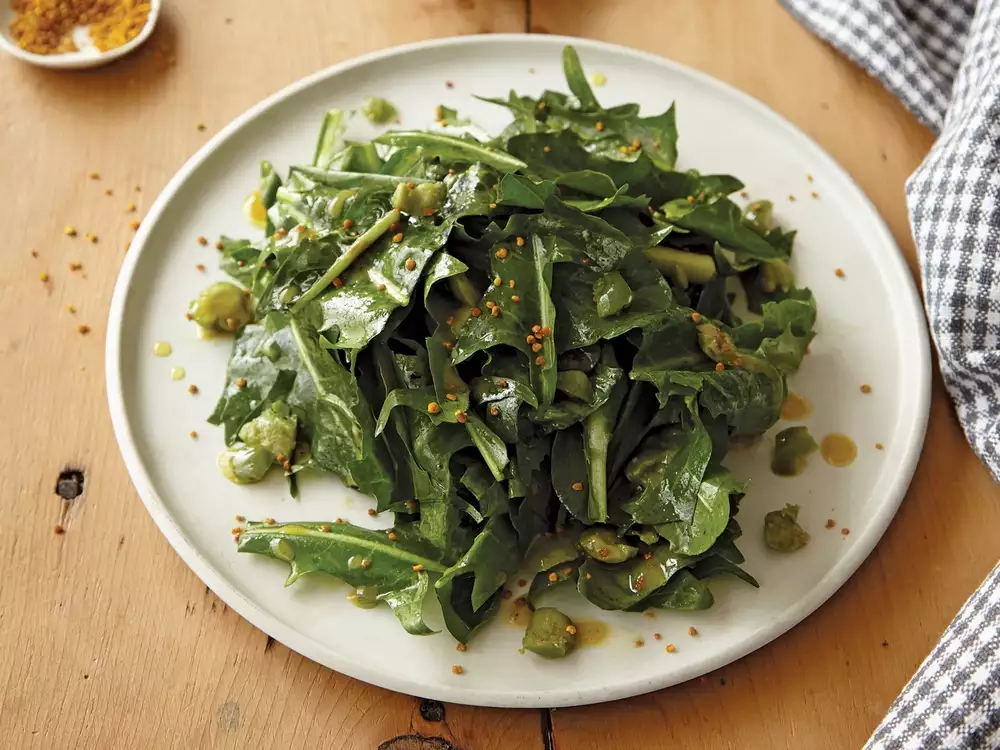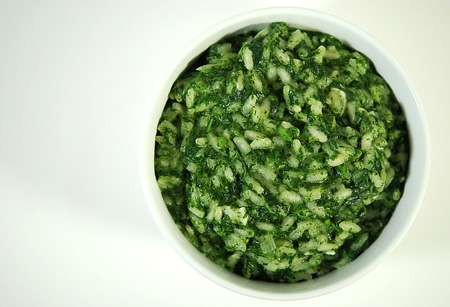fiddlehead fern fritters with ad hoc green sauce
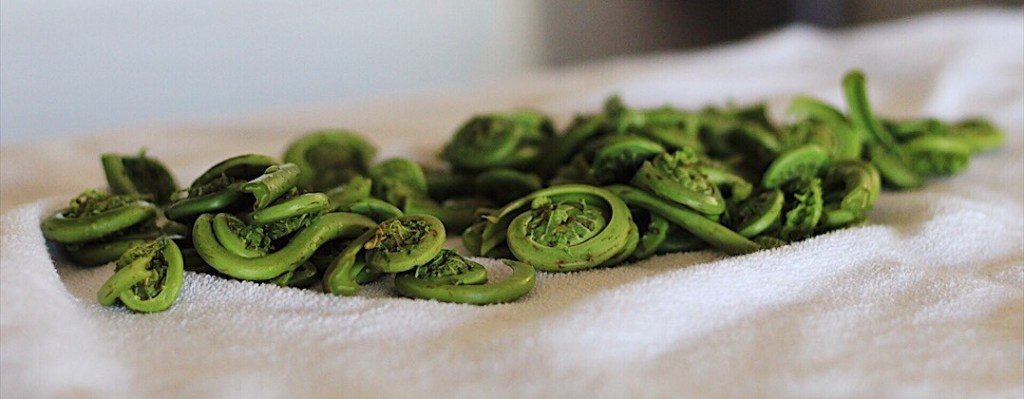
3 cups (about 2 bunches) leafy herbs: any combination of cilantro, basil, mint, and/or parsley, washed, dried, and stemmed
1 clove garlic, roughly chopped
2 teaspoons finely chopped peeled ginger
Juice of 1 lime, plus more as needed
1/4 jalapeno pepper, seeded (optional)
1 teaspoon dried oregano (optional)
1/4 to 1/2 cup extra-virgin olive oil
1/2 teaspoon fine sea salt
1 cup chickpea flour (also sold as gram flour)
1 teaspoon fine sea salt
1 teaspoon dried dill
1/2 teaspoon ground coriander
1/2 teaspoon baking powder
1/4 teaspoon ground black pepper
A few pinches of ground cayenne
3/4 to 1 cup cold water
1/2 pound Ladyfern or Ostrich fiddlehead ferns (50 to 60 pieces)
2 cups neutral oil
Coarse sea salt, for finishing
To make the sauce, combine the herbs, garlic, ginger, lime juice, jalapeno, and oregano in the bowl of a food processor or blender and whiz until smooth and well blended. Scrape down the sides of the bowl as needed. Add V4 cup of the olive oil, and process again until blended. If the sauce seems too thick, add the remaining olive oil gradually. Season with the salt. Taste and add more salt or lime juice as needed. To make the fritters, in a large bowl, whisk together the chickpea flour, salt, dill, coriander, baking powder, black pepper, and cayenne with a fork until well mixed. Add % cup of the cold water, stirring until absorbed. Add more water as needed; you want it to resemble pancake batter—neither too thick nor too thin. Stir in the fiddlehead ferns until well coated and let sit until you’re ready to fry. Place a wire rack on a sheet pan or arrange a few paper towels under the rack to catch any oil. Heat the oil in a 10- or 12-inch skillet over high heat to 275 to 300 degrees F. (A candy thermometer is helpful here.) The oil is ready when a drop of batter bubbles immediately upon contact. Using tongs and in small batches, drop the battered fiddleheads into the oil and fry until golden and crispy, about 90 seconds. Using a slotted spoon, transfer the fritters to the rack to drain. Skim and discard any burned bits floating in the oil.
Sprinkle the fritters with the salt and eat while still warm, served with the sauce.
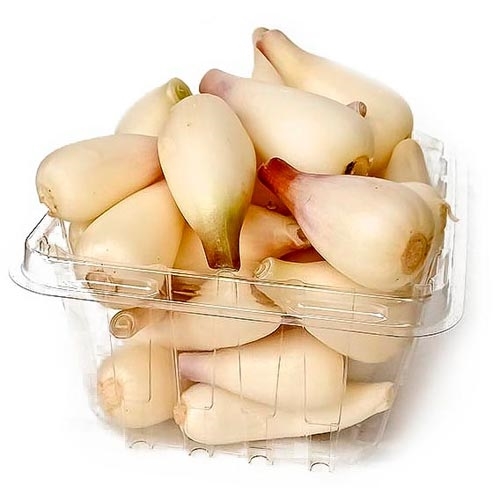
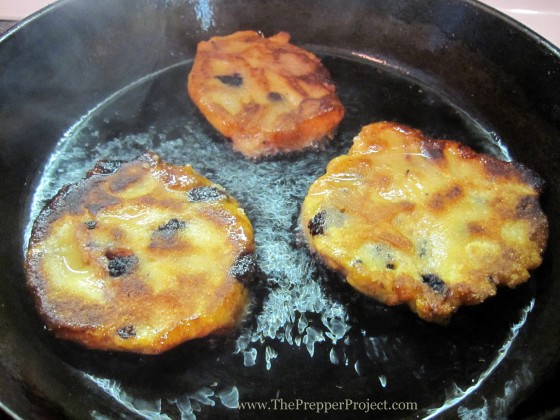
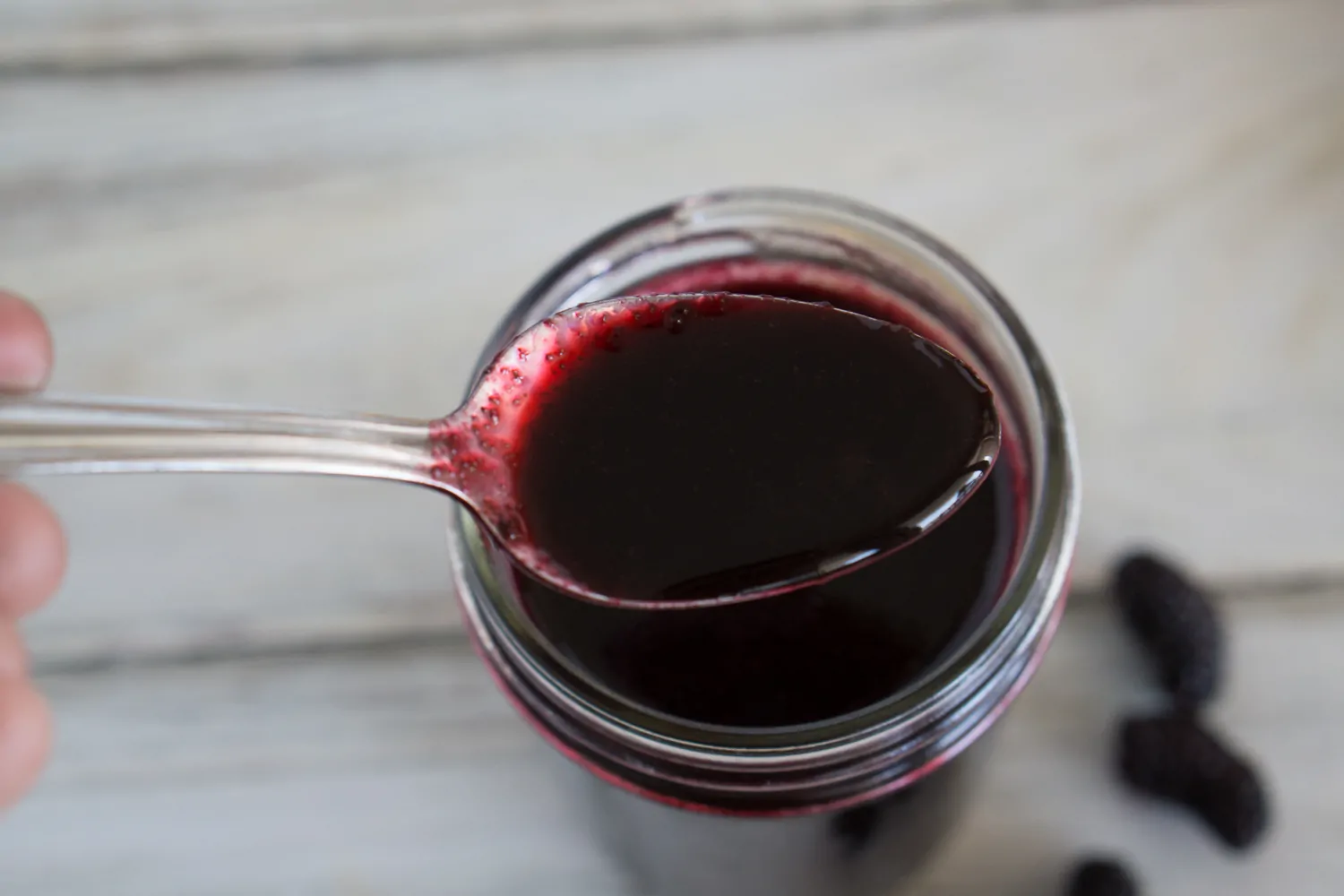
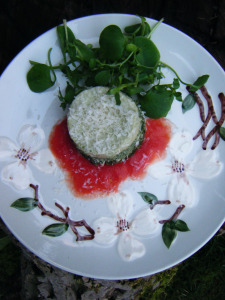
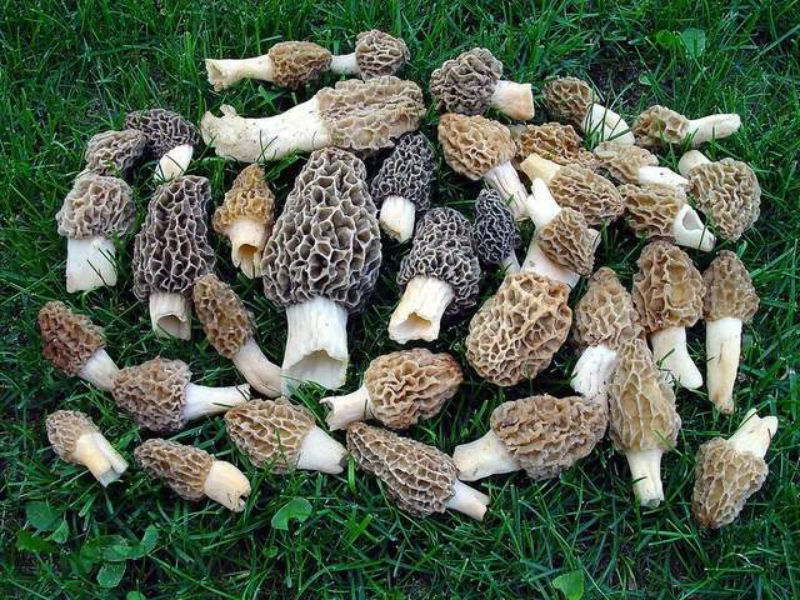
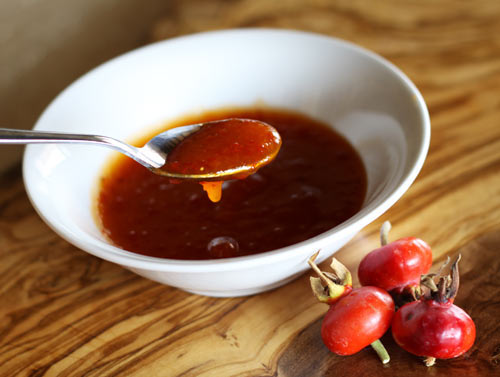
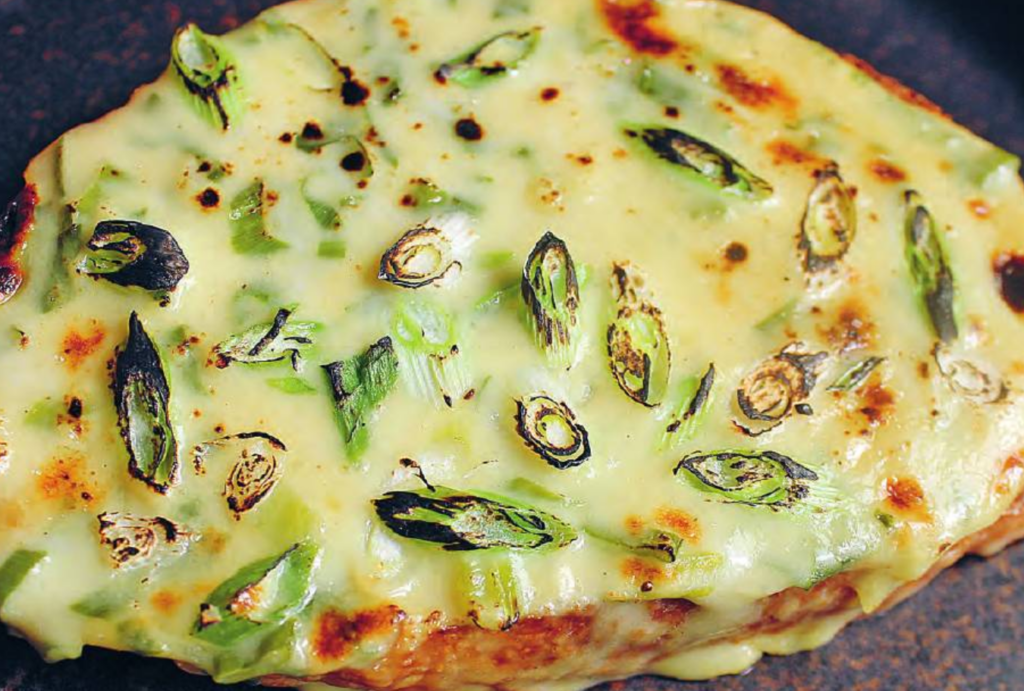 Welsh Rarebit with Wild Onions
Welsh Rarebit with Wild Onions Fried Eggs with Ramps, Morels and Bacon
Fried Eggs with Ramps, Morels and Bacon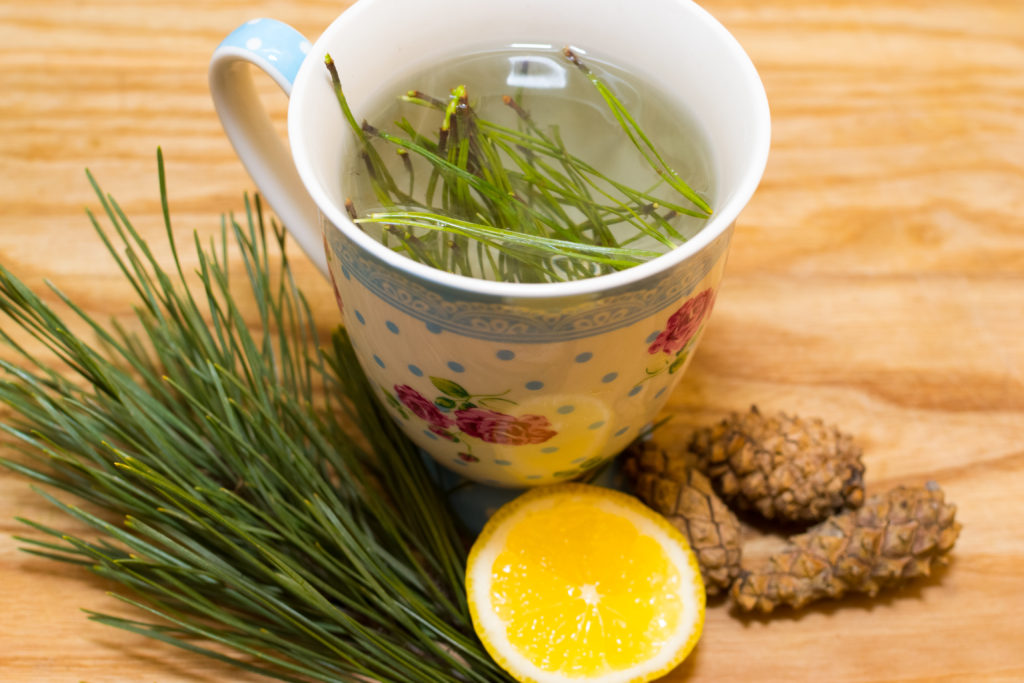
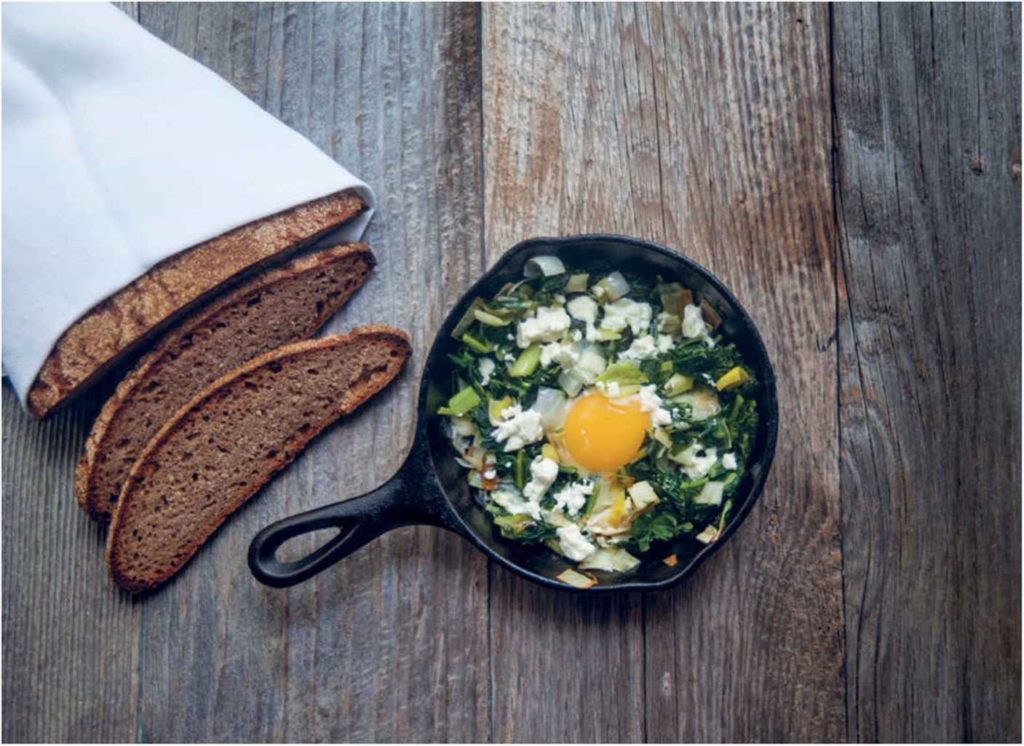
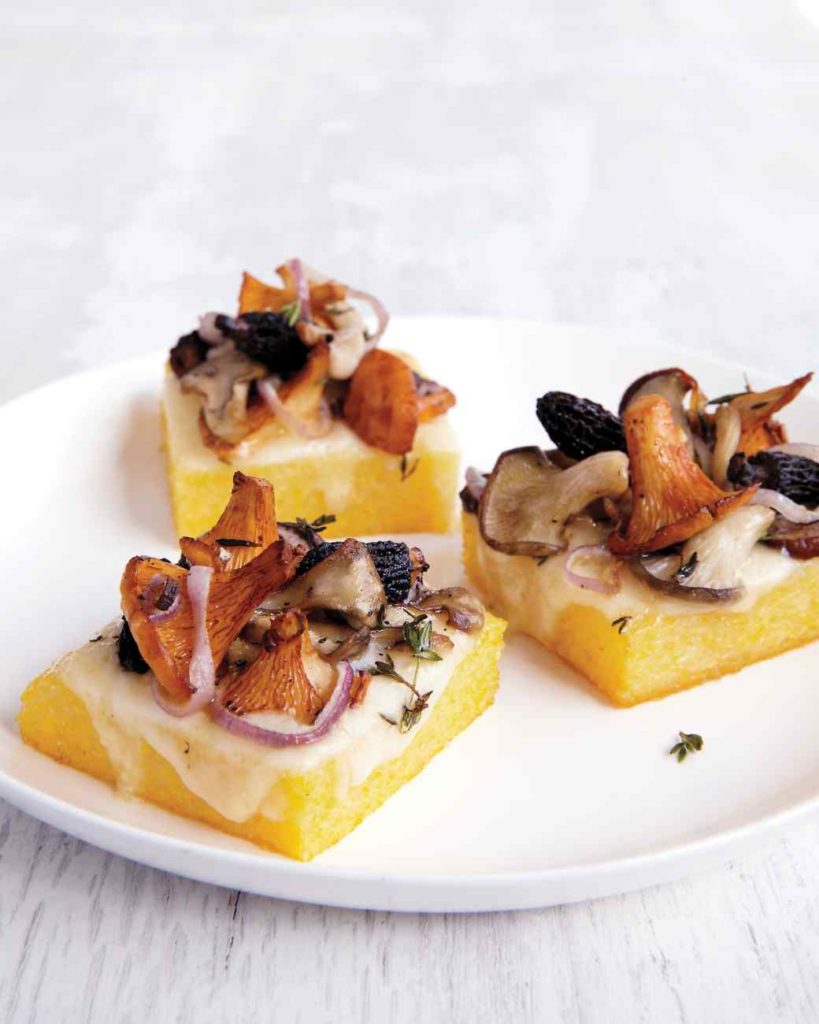
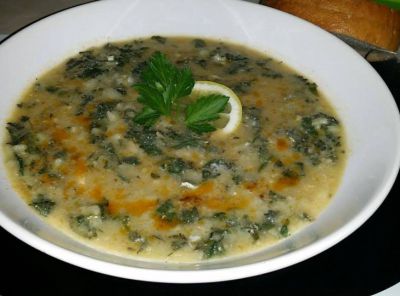 Nettle Soup
Nettle Soup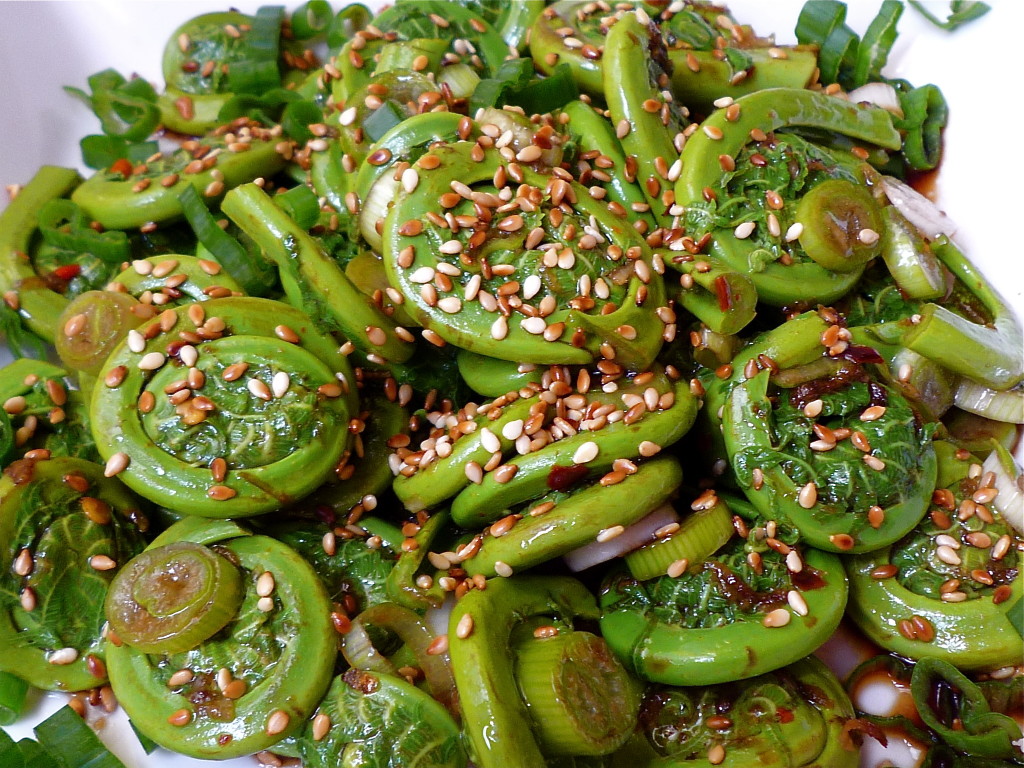
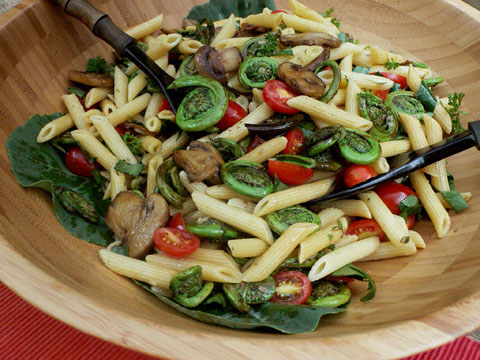
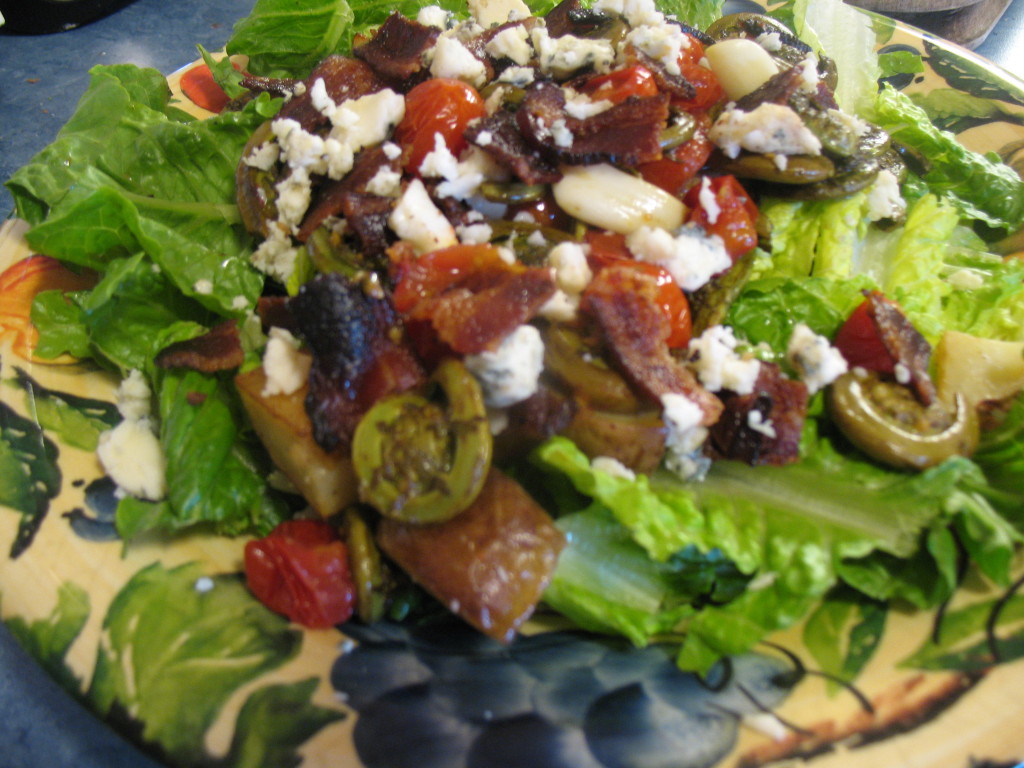
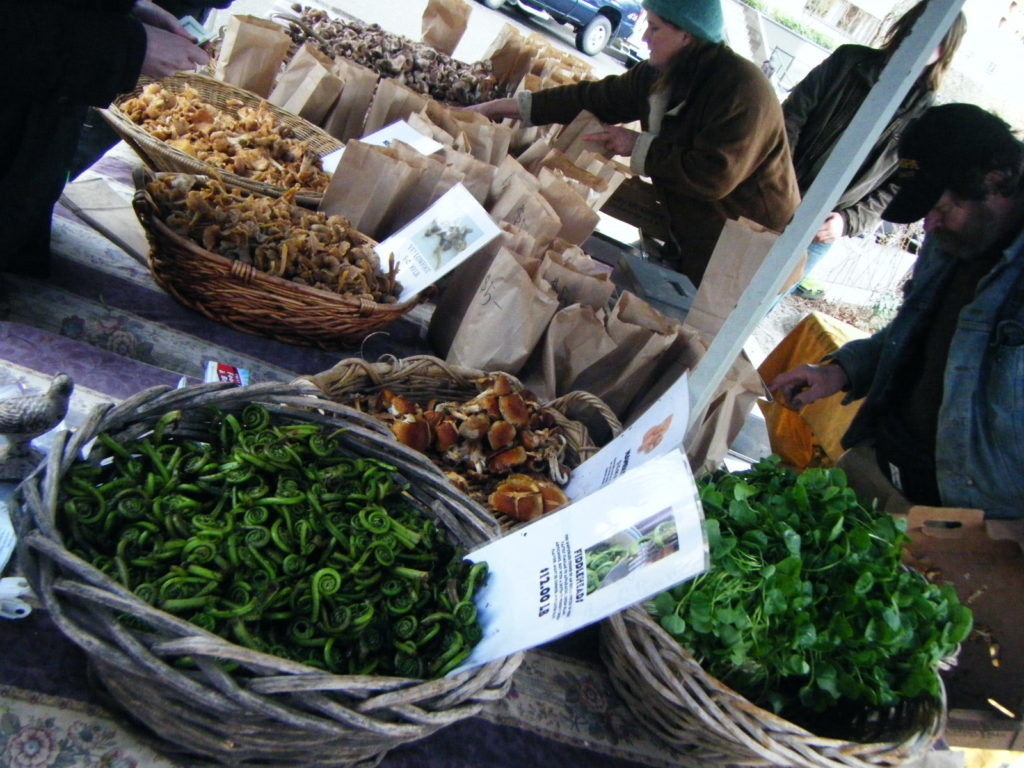
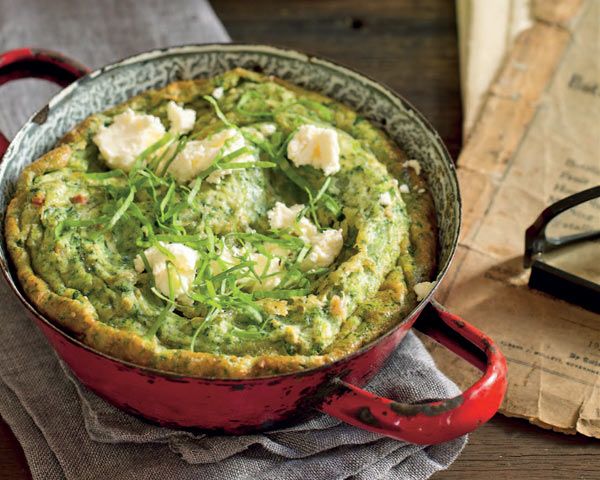
 Prickly Situation- Forager’s Soup with Nettles and Ramps
Prickly Situation- Forager’s Soup with Nettles and Ramps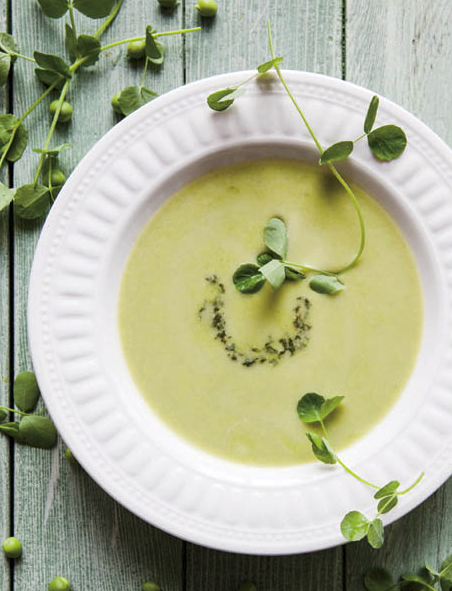
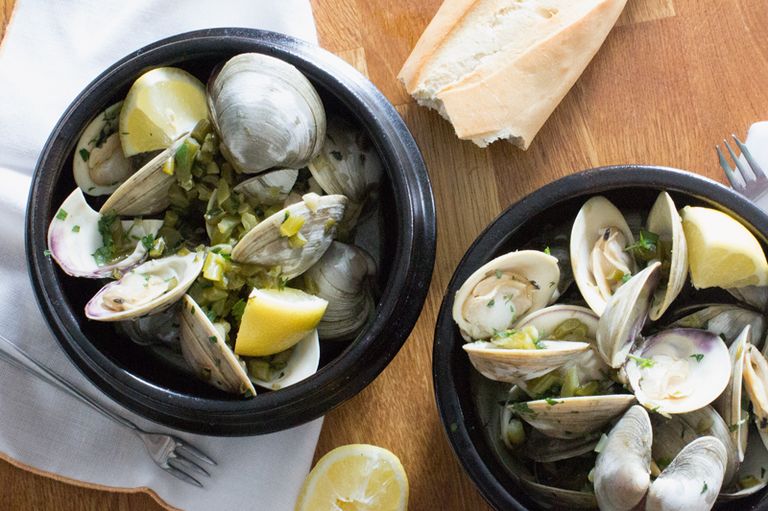

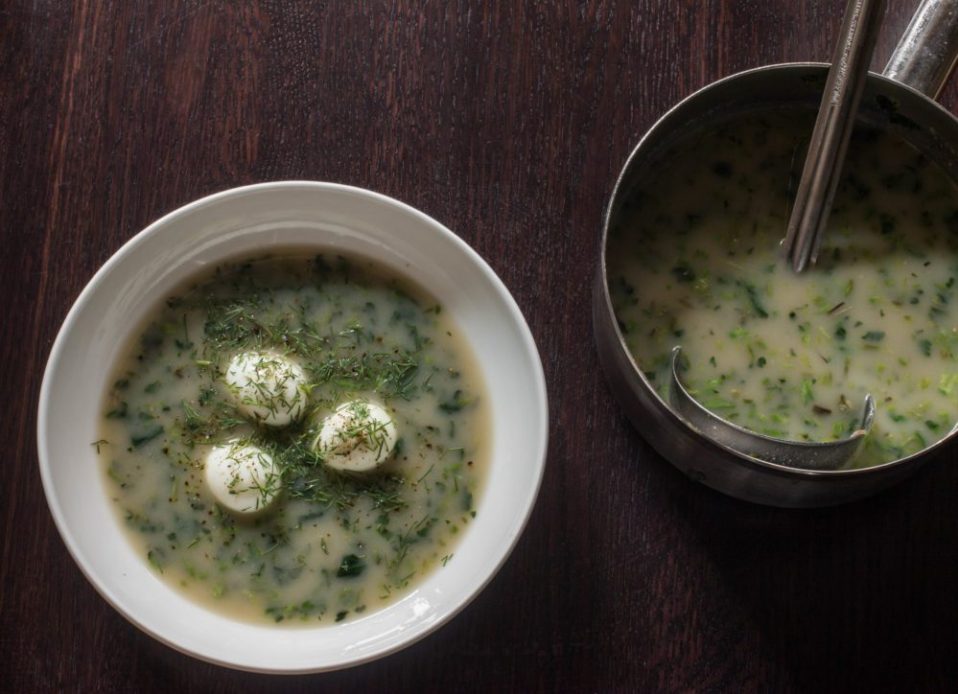 Stinging Nettle Soup with Quail Eggs
Stinging Nettle Soup with Quail Eggs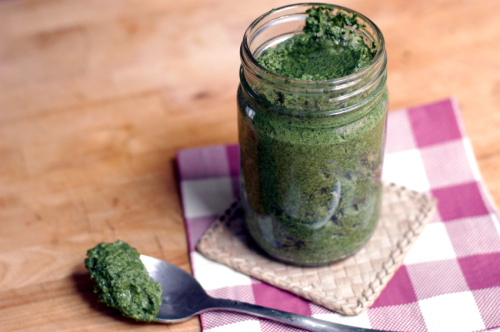
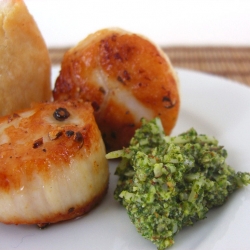
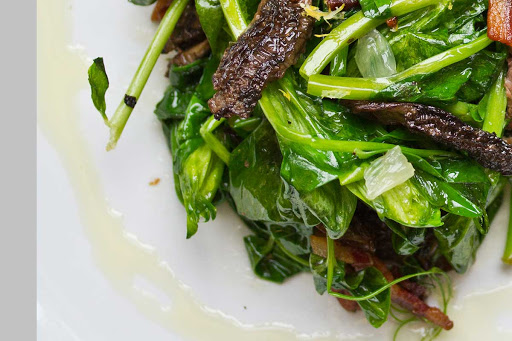



 Dandelion Greens with Guanciale, Pecorino, and Black Olives (Cicoria con Guanciale, Pecorino, e Olive)
Dandelion Greens with Guanciale, Pecorino, and Black Olives (Cicoria con Guanciale, Pecorino, e Olive)